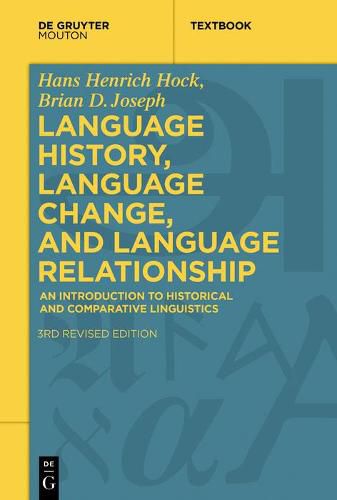Readings Newsletter
Become a Readings Member to make your shopping experience even easier.
Sign in or sign up for free!






Why does language change? Why can we speak to and understand our parents but have trouble reading Shakespeare? Why is Chaucer’s English of the fourteenth century so different from Modern English of the late twentieth century that the two are essentially different languages? Why are Americans and English ‘one people divided by a common language’? And how can the language of Chaucer and Modern English - or Modern British and American English - still be called the same language? The present book provides answers to questions like these in a straightforward way, aimed at the non-specialist, with ample illustrations from both familiar and more exotic languages.
Most chapters in this new edition have been reworked, with some difficult passages removed, other passages thoroughly rewritten, and several new sections added, e.g. on the regularity of sound change and its importance for general historical-comparative linguistics. Further, the chapter notes and bibliography have all been updated.
The content is engaging, focusing on topics and issues that spark student interest. Its goals are broadly pedagogical and the level and presentation are appropriate for interested beginners with little or no background in linguistics. The language coverage for examples goes well beyond what is usual for books of this kind, with a considerable amount of data from various languages of India.
$9.00 standard shipping within Australia
FREE standard shipping within Australia for orders over $100.00
Express & International shipping calculated at checkout
Why does language change? Why can we speak to and understand our parents but have trouble reading Shakespeare? Why is Chaucer’s English of the fourteenth century so different from Modern English of the late twentieth century that the two are essentially different languages? Why are Americans and English ‘one people divided by a common language’? And how can the language of Chaucer and Modern English - or Modern British and American English - still be called the same language? The present book provides answers to questions like these in a straightforward way, aimed at the non-specialist, with ample illustrations from both familiar and more exotic languages.
Most chapters in this new edition have been reworked, with some difficult passages removed, other passages thoroughly rewritten, and several new sections added, e.g. on the regularity of sound change and its importance for general historical-comparative linguistics. Further, the chapter notes and bibliography have all been updated.
The content is engaging, focusing on topics and issues that spark student interest. Its goals are broadly pedagogical and the level and presentation are appropriate for interested beginners with little or no background in linguistics. The language coverage for examples goes well beyond what is usual for books of this kind, with a considerable amount of data from various languages of India.